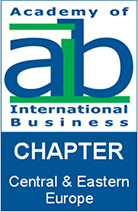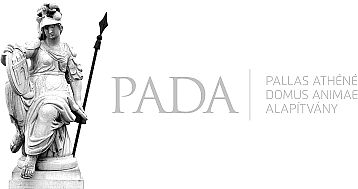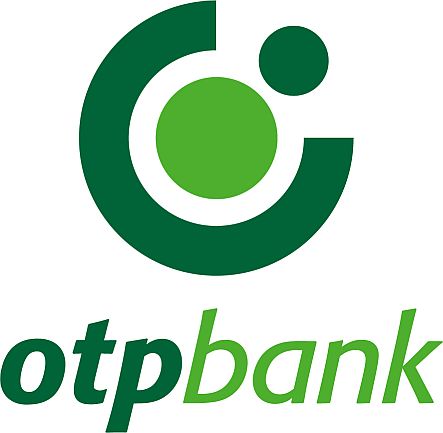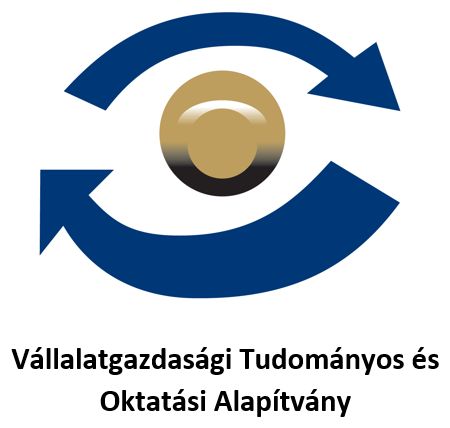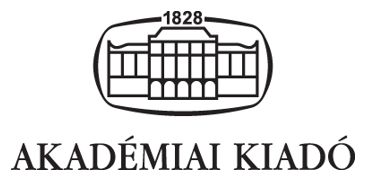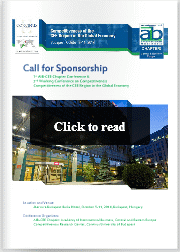General information
Travel to the region
The region is in between the former West and East, there is easy access from both sides, and also from other continents. For travel to Budapest there are several good options. The international airport of Budapest (terminals 2A, 2B) connects the city directly to some overseas and to all important European destinations. The three main railway stations (Déli, Keleti, Nyugati) are either terminations or stops of many intercity trains from west and east, south and north. There are several international coach services to Budapest. Motorists can also reach Budapest easily on the European motorway network. One can even travel to Budapest by boat.
Travel to Budapest by air
There are daily direct flights from most European and from some North American cities. Liszt Ferenc Airport is situated on the SE margin of Budapest, 20 km from the city centre and is a popular destination for many low fare air carriers. The Airport Minibus service is relatively cheap and reliable. Public transport buses (#200E, air conditioned, from Terminal 1 also#93) circulate between the terminals and the Kőbánya-Kispest terminal of the Metro line 3 (“blue line”) at 8-15-minute intervals in daytime. As an alternative, trains from Terminal 1 leave for Nyugati railway station frequently. Főtaxi has exclusive rights for operation of a taxi service from (and to) the airport for fixed prices according to distance zones (hence the name) based on a contract with Budapest Airport Ltd.
Budapest airport has two terminals (practically one large, as 2B is directly connected to 2A),
- Terminal 2A: for international flights arriving from the Schengen zone
- Terminal 2B: for flights arriving from the non-schengen zone, departure terminal for budget airlines
Travel to Budapest by train
Budapest has direct rail links to some 25 capitals. There are three major international railway stations in Budapest:
- Keleti pályaudvar (Eastern Railway Station), on Metro line 2 (“red line”)
- Nyugati pályaudvar (Western Railway Station), on Metro line 3 (“blue line”)
- Déli Pályaudvar (Southern Railway Station), on Metro line 2 (“red line”)
For information on international connections in English see the railway journey planner of the MÁV-Start Zrt. (Hungarian Railway Passenger Transport Co.) or the international railway journey planner Deutsche Bahn.
Travel to Budapest by coach
Volánbusz Zrt. (Eurolines Hungary) has scheduled passenger coach services to and from several European countries, see its coach journey planner. International buses depart from and arrive to the Népliget Coach Station (Metro line 3 “blue line”). The discount coach company OrangeWays operates buses to a limited numbers of European destinations, especially to the neighbouring countries of Hungary.
Travel to Budapest by boat
Once familiar but now a rather exotic way of travel to Budapest is by ship on the Danube. You can travel from Vienna to Budapest and back by hydrofoil.
Travel to Budapest by car
Budapest is in the centre of the radial road network of Hungary. It is along the European highways E60, E71, E73, E75, E77. There is a motorway connection from Budapest with the most neighbouring countries of Hungary. Motorways are toll roads; a (virtual) vignette system is in operation. For details (maps, vignette prices, methods of payment etc.) about the Hungarian motorway system see the official home page.
Customs information for Hungary
Hungary joined the European Union on 1 May 2004. Since that date Hungary has adopted the customs regulation of the European Union. Detailed information about travel documents and customs can be found in this booklet published by the Hungarian Customs and Finance Guard, providing useful information for tourists travelling within the European Union or travelling from a non-community country (third country) to any Member State of the European Union. For further information about the custom procedures, please consult the homepage of the Hungarian customs authority.
Visa information for Hungary
Hungary is part of the Schengen Area of 25 European countries. For non-Schengen EU, USA and Canadian citizens a valid passport is sufficient to enter Hungary. Citizens of other countries should check whether visa is needed for them when entering Hungary (for more information please visit the home page of the Ministry for Foreign Affairs of the Republic of Hungary). On request, the Organizing Committee will issue invitation letters for visa applications. Please apply in due time for a visa if necessary. Please indicate during the registration if you need a personal invitation to attend the conference. It is important to note that a visa is only a preliminary permission for entry, which does not authorise its bearer automatically to enter the country.
Electricity
The electricity is 230 V, 50 Hz. Japanese, UK, USA and other visitors: please note that in Hungary Continental European German-style CEE7/4 sockets (“Schuko sockets“) are used, which also accepts CEE7/16 “Europlugs“.
Foreign exchange, banking facilities
The official national Hungarian currency is the Hungarian Forint (HUF). All the major credit cards are accepted in Hungary in places displaying the emblem at the entrance. Though Hungary is a member of the European Union, only a few shops and restaurants accept Euros (EUR) for payment. Currency exchange booths are available in Budapest at the airport terminals, railway stations, travel agencies, banks and various places in the city. The exchange rates applied may vary. Click here to see the actual official exchange rates. Traveller’s cheques and convertible currency may be exchanged at these facilities. Major credit cards are usually accepted in most hotels, restaurants and certain shops in the city. Obtaining cash against ATM or credit cards is very easy from the ATM cash machines that can be found at almost each bank office, hotel or on the street.
Liability and insurance
The organisers cannot accept liability for any personal accidents, loss of belongings or damage to private property of participants and accompanying persons that may occur during the Congress. Participants are advised to make their own arrangements to obtain health, travel and property insurance before their departure to the symposium.
Public transport in Budapest
Public transport in Budapest is provided by Budapest Transport Ltd. (known to all Hungarians simply as BKV). Budapest has an efficient public transport network. In general the buses, trams and trolleybuses operate between 4.30 AM and 11 PM. All-night bus service operate on the major thoroughfares in the city (night bus timetables are posted at stops and in most metro stations). The three metro lines intersect at Deák Square in the centre of the town. Metros run at 2-15 minutes intervals from about 4.30 AM to 11.15 PM. There are also five suburban railway lines (HÉV) serving the outskirts of the city. For maps, timetables, ticket and pass information etc. see the home page of the BKV Ltd. (Budapest Transport Ltd.)
| Metro and tram lines of Budapest | All public transportation lines of Budapest |
Shopping in Budapest (opening hours)
Food shops are open from 7 AM – 6 PM Mon – Fri, 8 AM – 1 PM Sat (but there are several larger stores open on Sunday morning and a number of small 24-hour shops). Other shops are open between 10 AM-6 PM Mon – Fri, 10 AM – 1 PM Sat. Most shopping centres are open 10 AM – 8 PM even on Sunday. Tesco is open 24 hours a day, seven days a week.
Office hours: generally from 8 AM – 4 PM Mon – Fri.
Post offices: Mon – Fri: 8 AM – 6 PM, Sat: 8 AM – 1 PM
Banks: Mon – Thu: 8 AM – 3 PM, Fri: 8 AM – 1 PM.
Taxis in Budapest
Budapest taxis have yellow number plates and a taxi sign in yellow. Any vehicle without these features is operating illegally. It’s a good idea to avoid drivers who volunteer their services but don’t have a registered taxi sticker on their car. This can prevent unpleasant surprises when it comes time to pay. All cars must have a taximeter installed, and these also print out a receipt. Taxi drivers are required to give an invoice on request. Tipping: in general 10% of the fare is acceptable. The total charge that has to be paid by the passenger is made up of three separate parts: the basic charge, which is irrespective of how far the journey is (presently maximum HUF 300 during the day, maximum HUF 420 at night), a per kilometre charge which depends on how many kilometres are covered during the journey (maximum HUF 240/km during the day, maximum HUF 336/km at night), and the waiting charge. It is worth calling a taxi by phone because most of the taxi companies charge lower rates in this case than in the case of hailing a taxi in the street. For further details see check this link.
Telephone
The international code for Hungary is 36, the area code for Budapest is 1. To call a number within Hungary, first dial 06. Budapest telephone numbers have seven digits, all other areas have six digits (in addition to the area codes). To make an international call from Hungary, first dial 00, then the country code followed by the area code and the subscriber’s telephone number. Public telephones accept either coins (20, 50, and 100 HUF) or phone cards (available from tobacconists, newsagents, post offices, and petrol stations). To call a (Hungarian) mobile phone, from a public telephone first dial 06, followed by the subscriber’s seven-digit number starting with 20-, 30- or 70-.
Important phone numbers
English is usually spoken at the emergency numbers listed below. In case English is not spoken, dial 112.
Ambulance: 104
Fire brigade: 105
Police: 107
Central help number: 112
General enquiries: 197
Inland enquiries: 198
International enquiries: 199
Hungarian Automobile Club help number: 188
Time
Hungary is in the Central European Time Zone. In the summer months clocks are set at GMT + 2 hours.
Weather
The weather in Hungary in October is usually cold and rainy. Temperatures are usually in the range between 8 and 12 °C during the day. Check the weather forecast for Budapest at weather.yahoo.com, or at weather.com. For other regions of Hungary check weatherinhungary.com.
